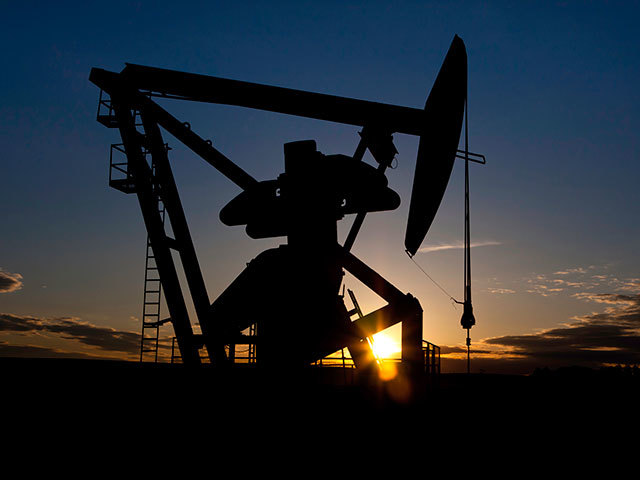
Oil production from the Organisation of the Petroleum Exporting Countries (OPEC) is at its highest level since December 2013, according to a recent review.
The latest Platts survey of OPEC has found that the total of oil produced by OPEC has reached 30.6 million barrels per day (b/d), which is 400,000 up from August.
It is thought the rise is underpinned by a recovery in Libyan production following the cease of a string of strikes and protests. Although it produced an average 780,000 b/d in September after export terminals re-opened, new strike action in the east pushed the output back down to 765,000 b/d – raising the question of whether the country can sustain increased levels.
Production in Iraq has also been credited for the surge as its production rate also rose in September, but pumping and storage constraints continue to limit Baghdad’s export capability which relocated to southern terminals during the advance of militant Islamists.
The production advance however sparked the decrease of oil prices in recent weeks as crude values sat at $115 per barrel (/b) in mid-June but now skim $80/b.
In the US, chief executive of Mount Lucas Management put his firm on the market six months ago on the notion that oil prices would fall. Mr Rudderrow said the developments in the crude markets ‘reflect the classic response to the high prices that have prevailed for most of the last decade’.
An emergency OPEC meeting called by Venezuela has reportedly been unacknowledged Saudi Arabia, Kuwait, the United Arab Emirates and Quatar as crude price cuts by these countries have fuelled the perception that OPEC’s Middle Eastern producers are prioritising the defence of the market, according to the survey.
Recommended for you
